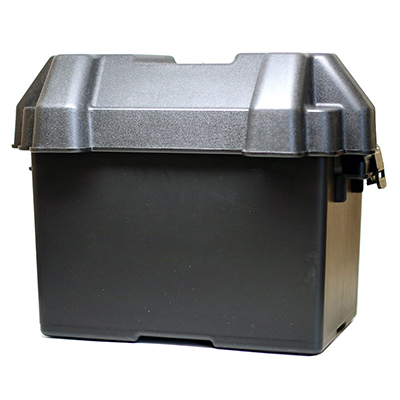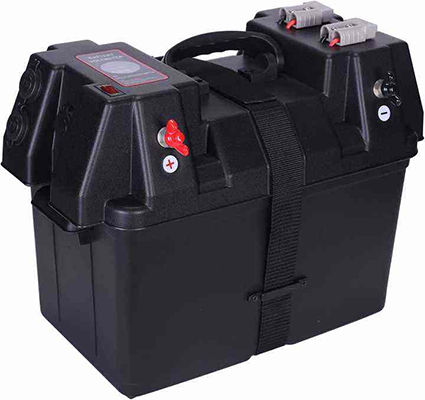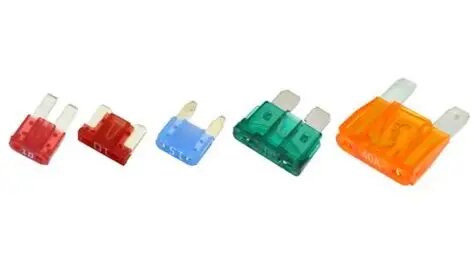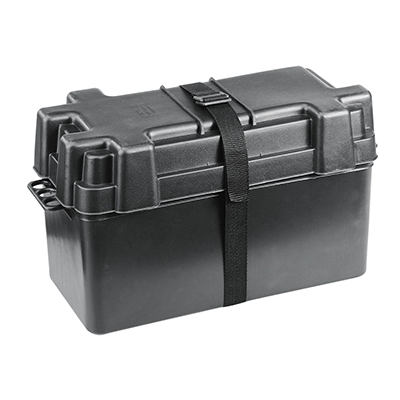Simple and Effective Ways to Inspect Car Battery Boxes for Leaks
News 2025-10-20
Detecting leaks in a car battery box is essential for ensuring vehicle safety and preventing potential hazards like corrosion or electrical failures. This process is particularly relevant in everyday scenarios such as routine maintenance, long trips, or after battery replacements. By using straightforward methods, you can identify issues early, saving time and money while extending the battery’s lifespan. These techniques highlight the performance benefits of being quick, accessible, and requiring minimal expertise, making them ideal for DIY enthusiasts and professional mechanics alike.

Visual Inspection Methods
Start with a basic visual check to spot obvious signs of leaks. Examine the battery box for moisture, rust, or discoloration around the terminals and seals. Use a flashlight to inspect tight spaces and look for cracks in the casing or gaskets. This approach is highly effective for initial screenings as it demands no special tools and can be done in minutes, helping to catch problems before they escalate in various driving conditions.
Tool-Free Testing Techniques
Leverage everyday items for reliable leak detection without purchasing equipment. For instance, apply a mixture of water and dish soap to the battery box seams; bubbles forming under pressure indicate a leak. This method excels in simplicity and accuracy for home use, offering a low-cost way to test in garages or during roadside checks. Its performance shines in detecting minor leaks that visual inspections might miss, promoting safer vehicle operation.
Advanced Inspection Strategies
For more thorough evaluations, incorporate basic tools like a multimeter or leak detection spray. Measure voltage irregularities or use sprays that react to electrolytes to pinpoint leaks precisely. These strategies are best for complex cases, such as post-accident inspections, and provide enhanced reliability through detailed diagnostics. By focusing on these methods, you gain a performance edge in accuracy and early intervention, crucial for maintaining optimal battery health.
1. What causes most battery box leaks?
Answer: Common causes include worn seals, physical damage from vibrations, or corrosion from acid exposure; regular checks can mitigate these risks.
2. How often should leak inspections be performed?
Answer: Inspect every 3-6 months or before long journeys to ensure safety and prevent issues.
3. Can a leaking battery box be repaired at home?
Answer: Minor leaks might be fixed with sealants, but severe cases require professional help to avoid safety hazards.


